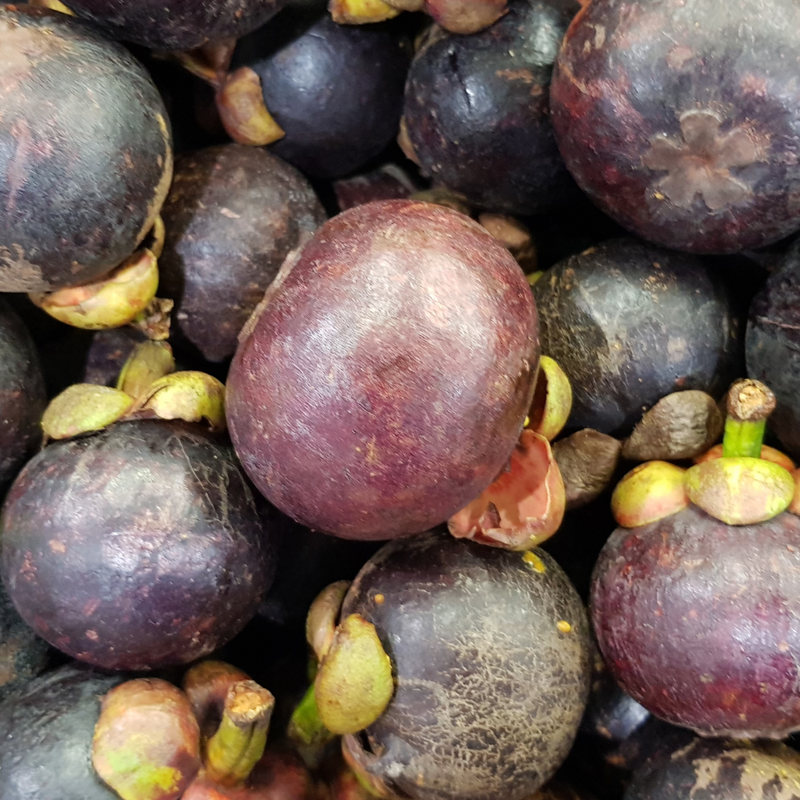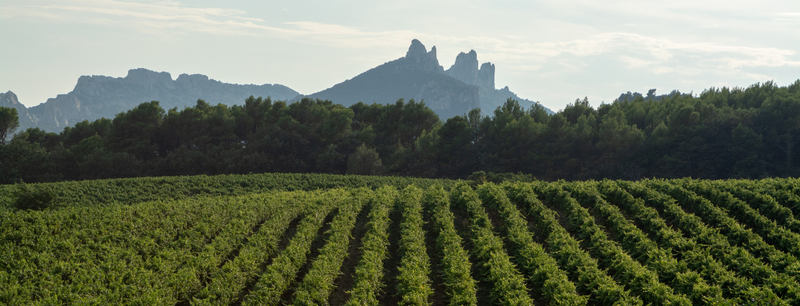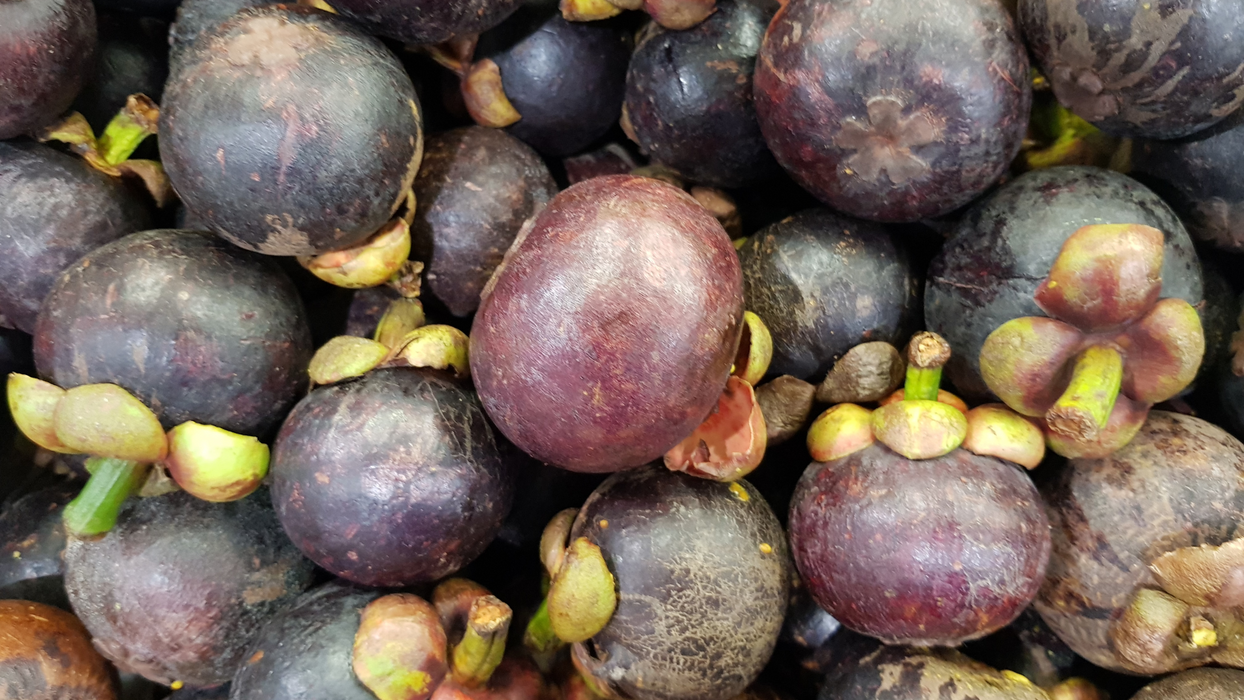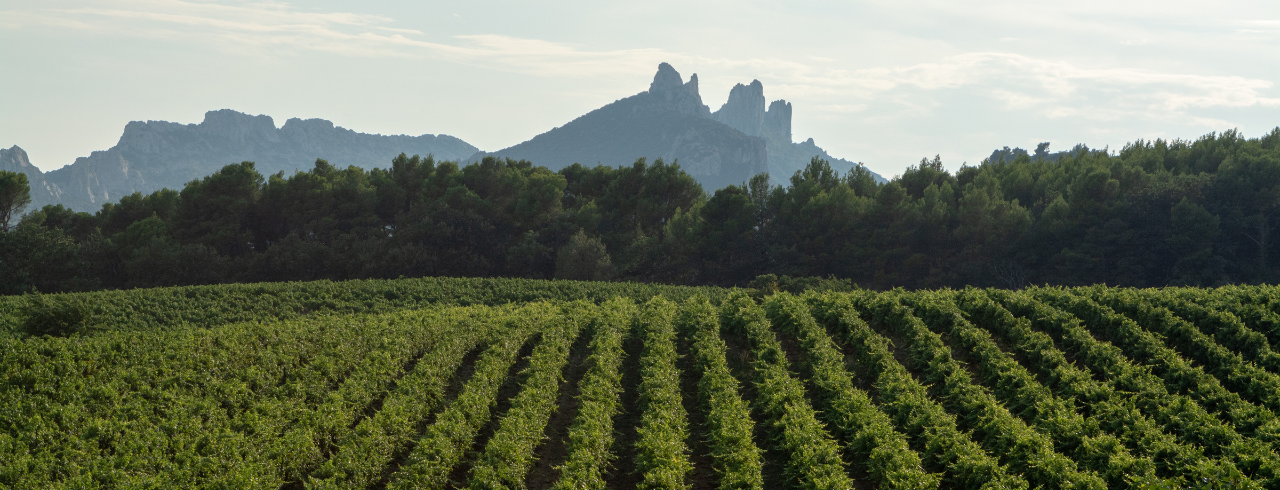
The Ultimate Guide to Lambrusco Wine
Most of us are no strangers to sparkling wine.
We’ve enjoyed classic Champagne, fruity Cava, and crisp Prosecco. Do you notice a common thread between each of these vintage sparklers? They’re all made from white wine grapes.
Many novice wine enthusiasts are surprised to learn that sparkling wines aren’t exclusively made from white grapes.
Need proof?
Meet Lambrusco, a delightful, semi-sparkling red wine with roots dating back to the Roman Empire. Bright, bubbly, and bursting with red fruit flavor, this unique red should be one of the first picks for a late afternoon lunch or evening aperitif.
Let’s learn everything there is to know about Lambrusco, including its Italian origins, fruit-forward flavor profile, and mouthwatering food pairings.
What Is Lambrusco?
Lambrusco is a frizzante (semi-sparkling) red wine with roots in ancient northern Italy. “Lambrusco” also refers to the large family of grapes used to produce this family of wines, with over 60 known varietals in the Lambrusco family.
Ancient historical records show that the wine originated in the Roman and Etruscan periods.
Since that time, five Lambrusco varietals have ascended to become the primary forms of Lambrusco you’ll find today:
- Lambrusco salamino
- Lambrusco marani
- Lambrusco montericco
- Lambrusco sorbara
- Lambrusco maestri
Most Lambrusco wines are made up of a blend of different Lambrusco grapes. Modern grapes are found in four primary production zones known as Modena, Parma, Reggio-Emilia and Mantua, and Lombardy.
Unlike the highest-quality wine grapes, Lambrusco varietals often exhibit high yields. While this is good for maximizing production, it reduces the sweetness and flavor within each individual grape.
How Is Lambrusco Made?
There are three main methods that make up Lambrusco today, each making use of natural carbonation during the fermentation process.
The methods differ primarily in how they capture carbon dioxide. These are known as the Charmat Method, the Ancestral Method, and the Classic Method.
#1. The Charmat Method (The Tank Method)
This mode of carbonation is the most common and least expensive, used not only in Lambrusco production but also in other Italian sparklers such as Prosecco.
In the Charmat method, winemakers infuse sugar and yeast into the grape juice base while it sits in a large, pressurized tank. After locking the tank, the extra sugars ferment, transforming into carbon dioxide. Once fermentation completes and the winemaker adds a last infusion of sugar, the bottles are filled from the tank.
In general, artisanal winemakers forgo the Charmat method as the wine does not age while in contact with the lees (leftover yeast particles) — this is believed to result in a less complex wine (Lambrusco).
#2. The Ancestral Method (Metodo Ancestrale)
Winemakers generally prefer to make high-quality bottles of Lambrusco in the ancestral method. In this winemaking process, wine is bottled while it is still in the fermentation process.
This ensures more contact with the lees and generally results in a higher ABV as well. You should be able to identify Lambruscos made using the ancestral method by looking for a metal clamp around the neck of the bottle, similar to the wire cage you’ll find with Champagne.
The ancestral method produces Lambrusco with less carbonation than the Charmat method, around half that of traditional Prosecco or Champagne.
#3. The Traditional Method (Methode Champenoise)
Winemakers reserve the traditional method for the highest-quality bottles of Lambrusco. This method came about during Champagne production to ensure maximum carbonation and a pure flavor profile.
Impurities are constantly removed during the fermentation process through riddling, a practice in which winemakers routinely rotate the bottles to coax lees and residue into the neck of the bottle. This results in Lambrusco with sharp bubbles and an elegant flavor profile.
Lambrusco’s Flavors
Lambrusco’s primary flavor is juicy red fruit, with cherries, strawberries, and watermelon dominating the nose. Subtler notes of citrus, violet, and even blackberry push through in secondary aromas to provide mouthwatering acidity and pleasing contrast.
Top-shelf bottles of Lambrusco often exhibit layers of dark fruit and rustic earth, while lower-quality vintages accentuate its natural sweetness and fruity fragrance.
Lambrusco’s Sweetness Levels
While nearly all Lambruscos are bubbly and bright, there’s a vast spectrum of sweetness to be found in these Italian red wines. Some are incredibly sweet, while others are crisp and dry.
Unfortunately, you likely won’t find sugar content information on the label; at least, not in an easy form to decipher. Instead, you’ll need to become familiar with the Italian sweetness spectrum.
- Secco - these wines are dry and crisp, with only around 2 grams of sugar per glass.
- Semi-Secco - Off-dry; semi-secco is the most common form of Lambrusco and will taste slightly sweeter than secco with around 2-6 grams of sugar per glass.
- Amabile - Semi-sweet; Just as the name implies, the sweetness becomes more noticeable in these bottles with around 5-8 grams of sugar per glass.
- Dolce - Sweet; Comprising over 8 grams of residual sugar per glass, a dolce Lambrusco will begin to take on candied fruit flavor. These make a perfect pairing for acidic, fruity desserts.
Lambrusco’s Favorite Pairings
Due to their fruit-forward flavors and bright acidity, Lambrusco wines match beautifully with a wide array of appetizers and entreés. Start your meal off by pairing this bright red sparkler with smoked meats, hard cheeses, or even chicken tinga tacos.
If you’re working with a full-bodied, dry Lambrusco, look towards rich, meaty dishes like barbequed ribs or braised lamb.
On the other end of the spectrum, a sweeter, dolce Lambrusco cuts away at the signature spice found in Indian or Thai cuisine. These sweeter reds also work as a treat when paired with fruity desserts like strawberry tart or profiteroles (cream puffs).
Fall In Love With Lambrusco Red Wine
Lambrusco is a unicorn in the world of red wine.
This fruity, low-alcohol red frizzante style merges a classic red wine flavor profile with sparkling carbonation, making it an ideal pick for an aperitif or pairing wine.
Scroll through our ever-expanding catalog of crisp sparklers, deep and complex reds, as well as classic Italian varietals like Prosecco and Sangiovese.
While you’re waiting for your order to arrive, browse our blog to learn everything there is to know about the best pairings for Sangiovese and Super Tuscan wine regions.





